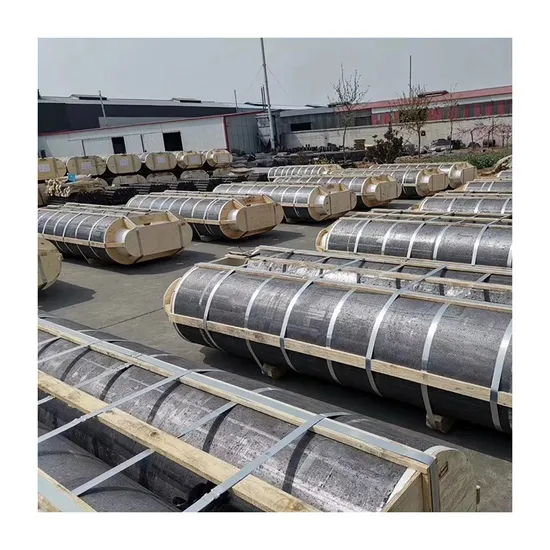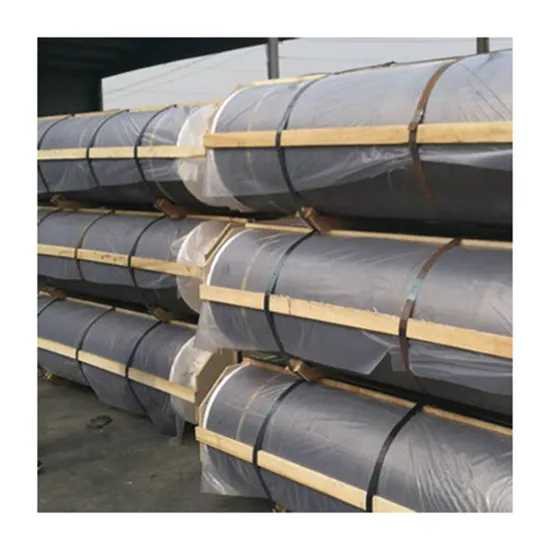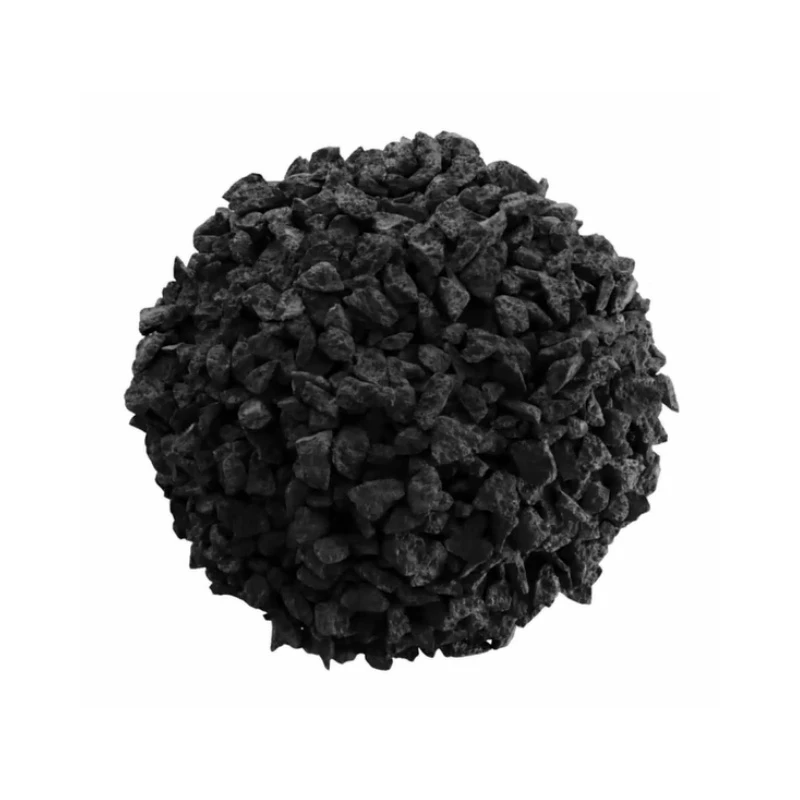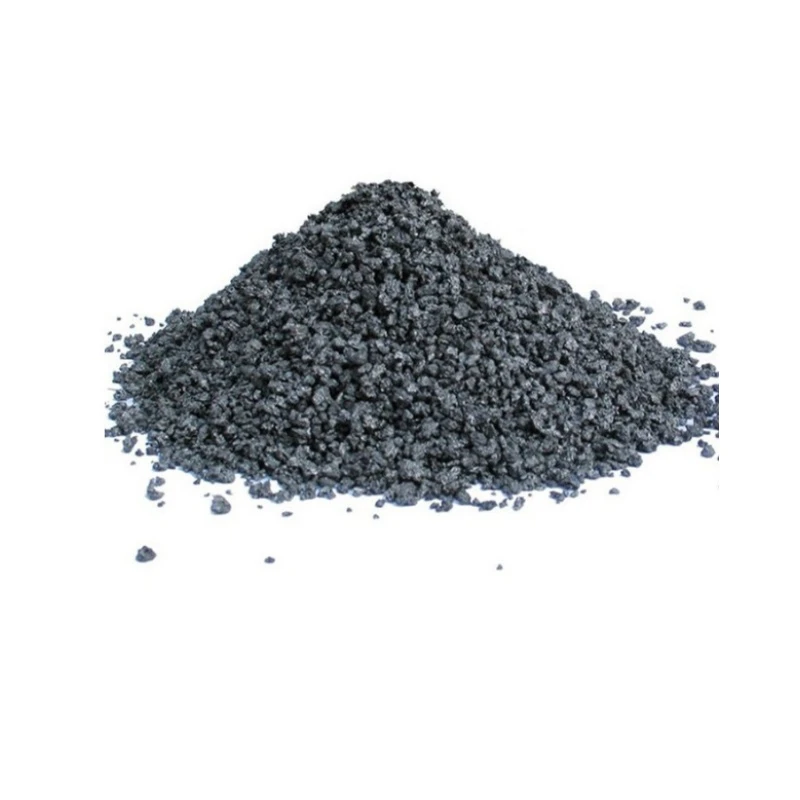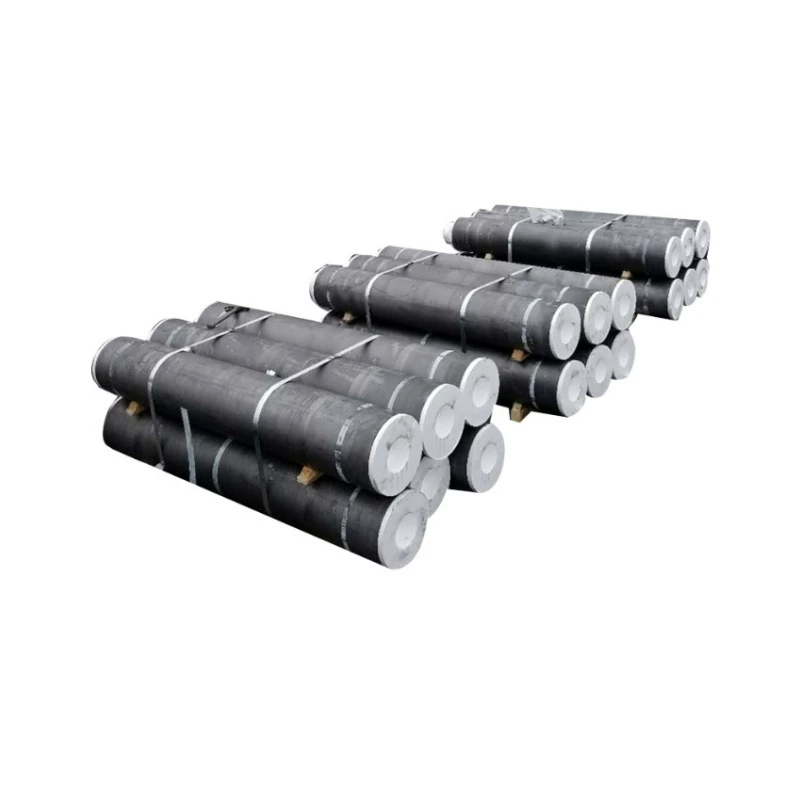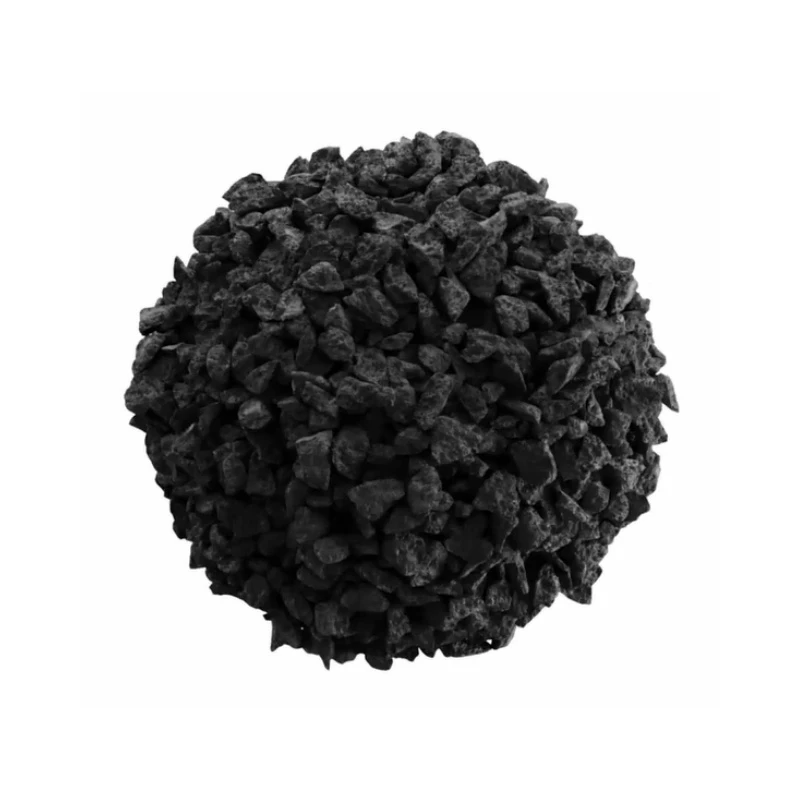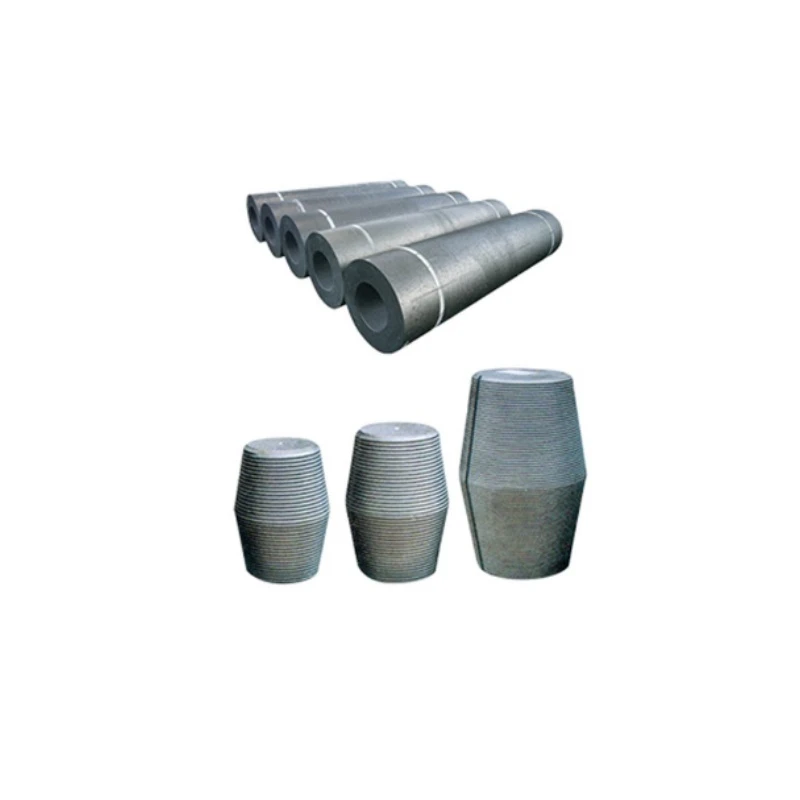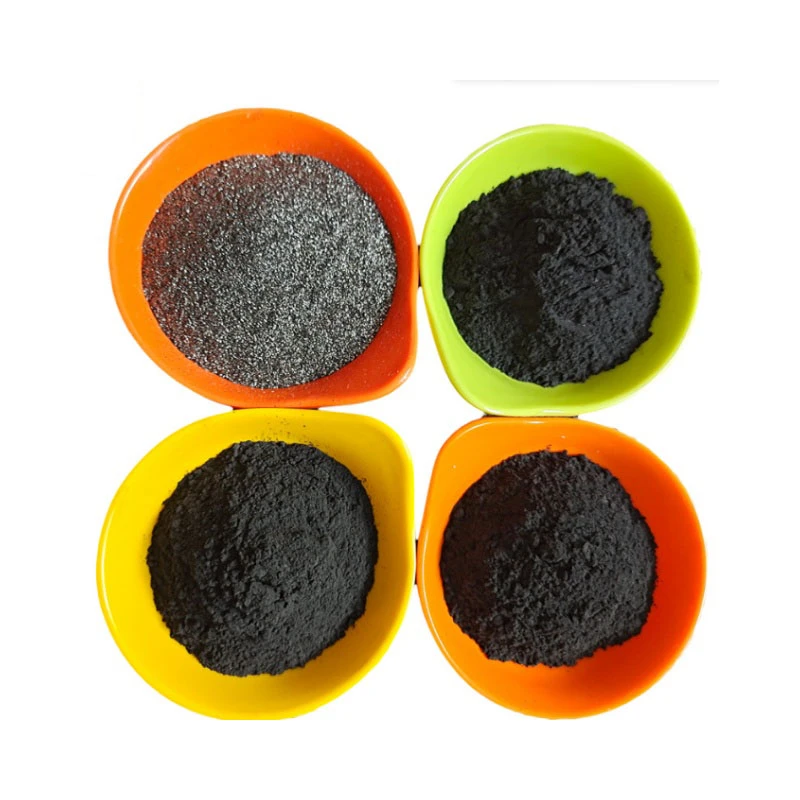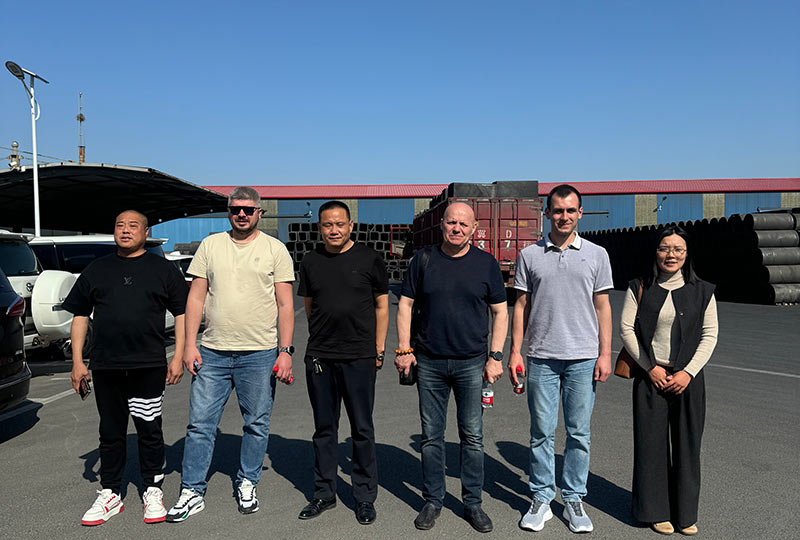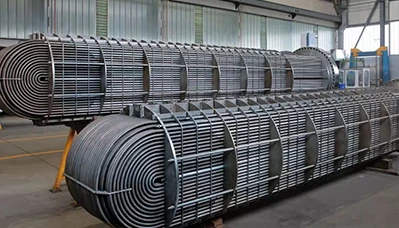- Englist


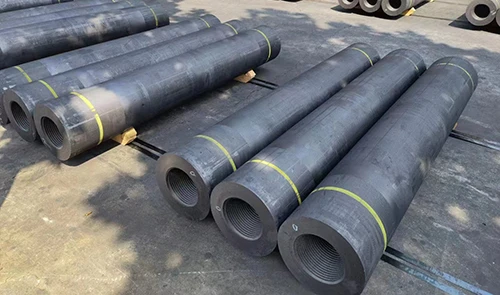
- Overview of Flexible Graphite and Core Applications
- Technical Advantages Over Traditional Materials
- Performance Comparison of Leading Manufacturers
- Custom Solutions for Industry-Specific Needs
- Real-World Applications and Case Studies
- Market Growth and Future Projections
- Sustainability and Environmental Impact

(flexible graphite)
Why Flexible Graphite Is Revolutionizing Thermal Management
Flexible graphite, also known as graphite flexible or flexible graphite
sheet, is a high-performance material engineered for exceptional thermal conductivity, corrosion resistance, and adaptability. With a thermal conductivity range of 150-400 W/mK, it outperforms traditional materials like aluminum and copper in extreme environments (-200°C to 3,000°C). Industries such as aerospace, electronics, and energy rely on its ability to dissipate heat efficiently while maintaining structural integrity under stress. Its layered carbon structure enables seamless conformability, making it ideal for irregular surfaces and complex assemblies.
Technical Advantages Over Traditional Materials
Flexible graphite sheets eliminate the need for bulky heat sinks or multiple material layers. Key benefits include:
- Ultra-Thin Design: Thickness options from 0.05mm to 1.5mm reduce system weight by up to 60%.
- Chemical Stability: Resists acids, alkalis, and organic solvents, ensuring longevity in corrosive environments.
- Electrical Insulation: Surface resistivity exceeding 1012 Ω/sq prevents short circuits in high-voltage applications.
Performance Comparison of Leading Manufacturers
| Manufacturer | Thermal Conductivity (W/mK) | Thickness Range (mm) | Operating Temperature (°C) |
|---|---|---|---|
| Graphene Corporation | 380 | 0.1-1.2 | -200 to 2,800 |
| Advanced Graphite Solutions | 295 | 0.05-1.5 | -150 to 2,500 |
| ThermalFlex Industries | 420 | 0.2-0.8 | -180 to 3,000 |
Custom Solutions for Industry-Specific Needs
Tailored graphite flexible products address unique challenges:
- Electronics: EMI shielding sheets with 99% attenuation at 1 GHz.
- Automotive: Battery thermal interfaces reducing EV charging temperatures by 15-20%.
- Industrial: High-purity variants (99.99% carbon) for semiconductor manufacturing.
Real-World Applications and Case Studies
A telecom company achieved a 30% reduction in 5G base station failures by replacing aluminum heat spreaders with 0.3mm flexible graphite sheets. In another case, a wind turbine manufacturer extended bearing life by 40% using corrosion-resistant graphite seals.
Market Growth and Future Projections
The global flexible graphite market is projected to grow at a CAGR of 8.7% (2023-2030), reaching $2.1 billion. Demand is driven by:
- 35% annual growth in EV battery thermal systems
- 20% increase in data center cooling applications
Sustainable Innovation with Flexible Graphite Sheet
As industries prioritize ESG goals, graphite flexible materials offer a 90% recyclability rate compared to 45% for polymer-based alternatives. Manufacturers now provide carbon-neutral production options, reducing lifecycle emissions by 70% through closed-loop processes. This aligns with global standards like ISO 14067 while maintaining the material’s unmatched technical performance.
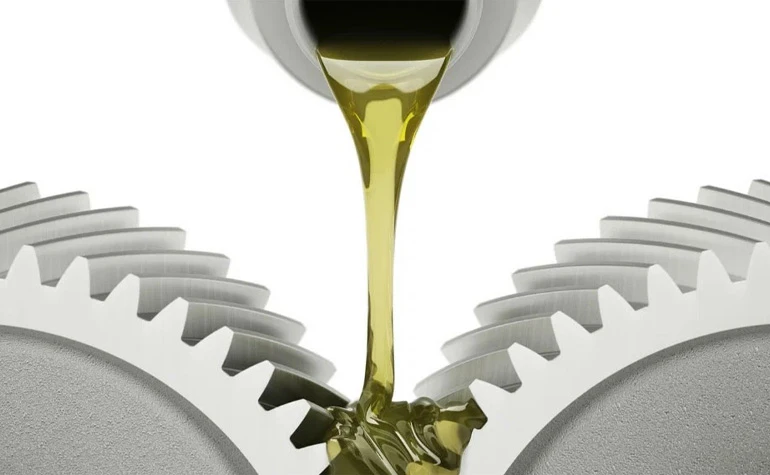
(flexible graphite)
FAQS on flexible graphite
Q: What is flexible graphite and how is it used?
A: Flexible graphite is a form of compressed exfoliated graphite, known for its thermal conductivity and resilience. It is commonly used in gaskets, seals, and thermal management systems. Its flexibility allows it to conform to uneven surfaces effectively.
Q: What are the key advantages of using a flexible graphite sheet?
A: Flexible graphite sheets offer high thermal resistance, chemical stability, and electrical conductivity. They are lightweight, durable, and ideal for applications like heat spreaders and EMI shielding. Their adaptability makes them suitable for complex industrial designs.
Q: How does graphite flexible material perform under high temperatures?
A: Graphite flexible material withstands extreme temperatures (up to 3000°C in inert environments). It maintains structural integrity without degrading, making it perfect for aerospace and furnace applications. It also resists thermal shock and oxidation.
Q: Can flexible graphite be customized for specific applications?
A: Yes, flexible graphite can be cut, laminated, or bonded with other materials for tailored solutions. Custom shapes, thicknesses, and coatings are available for seals, thermal interfaces, or electronics. Manufacturers often adapt it to meet industry-specific requirements.
Q: Is flexible graphite sheet environmentally friendly?
A: Flexible graphite sheets are non-toxic, recyclable, and chemically inert. They do not release harmful substances, even at high temperatures. This makes them a sustainable choice for green energy and eco-conscious industries.





 Pervious
Pervious
 Next
Next
